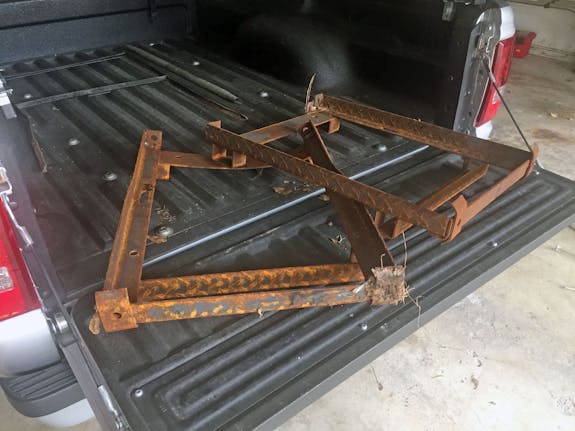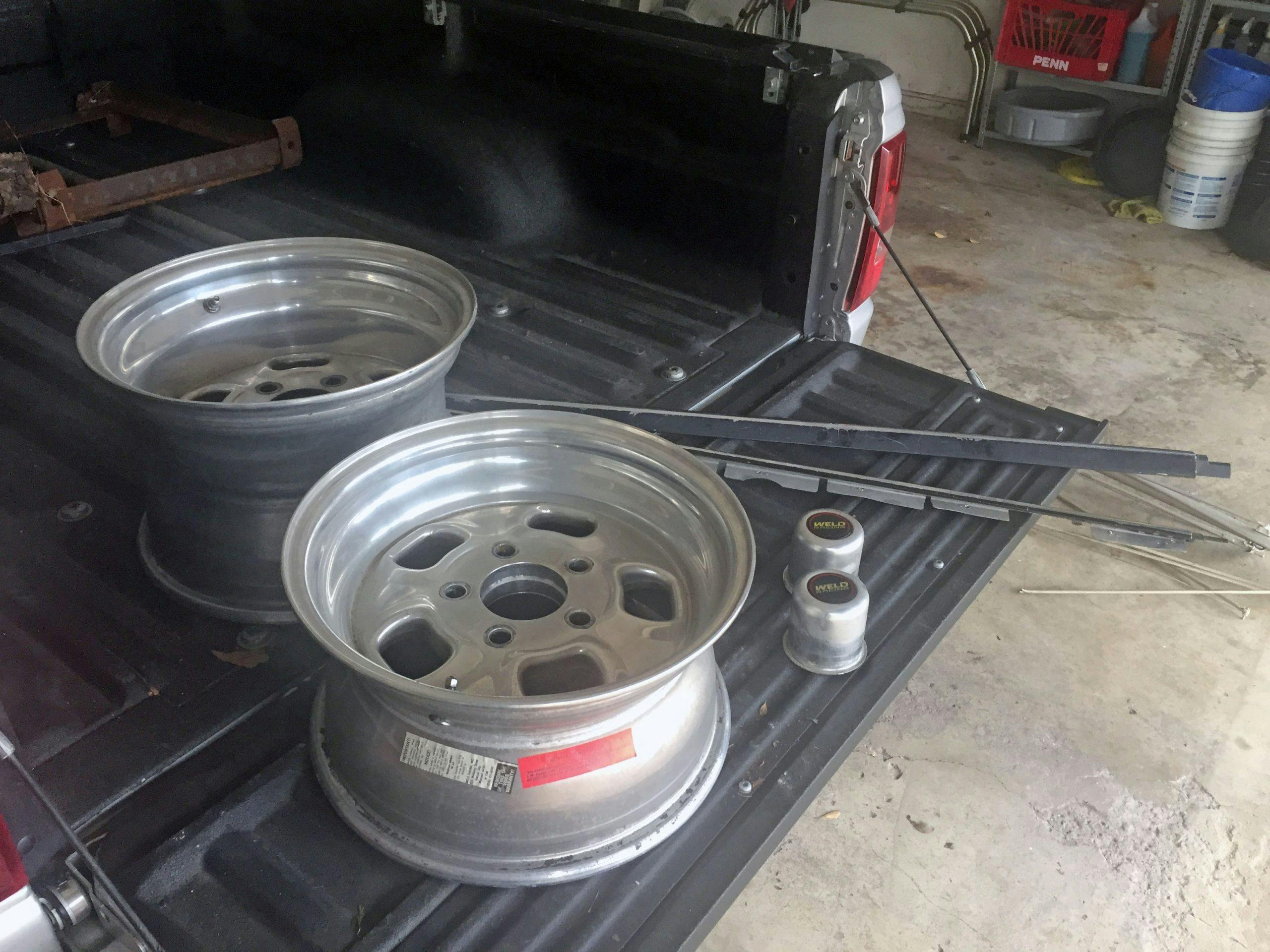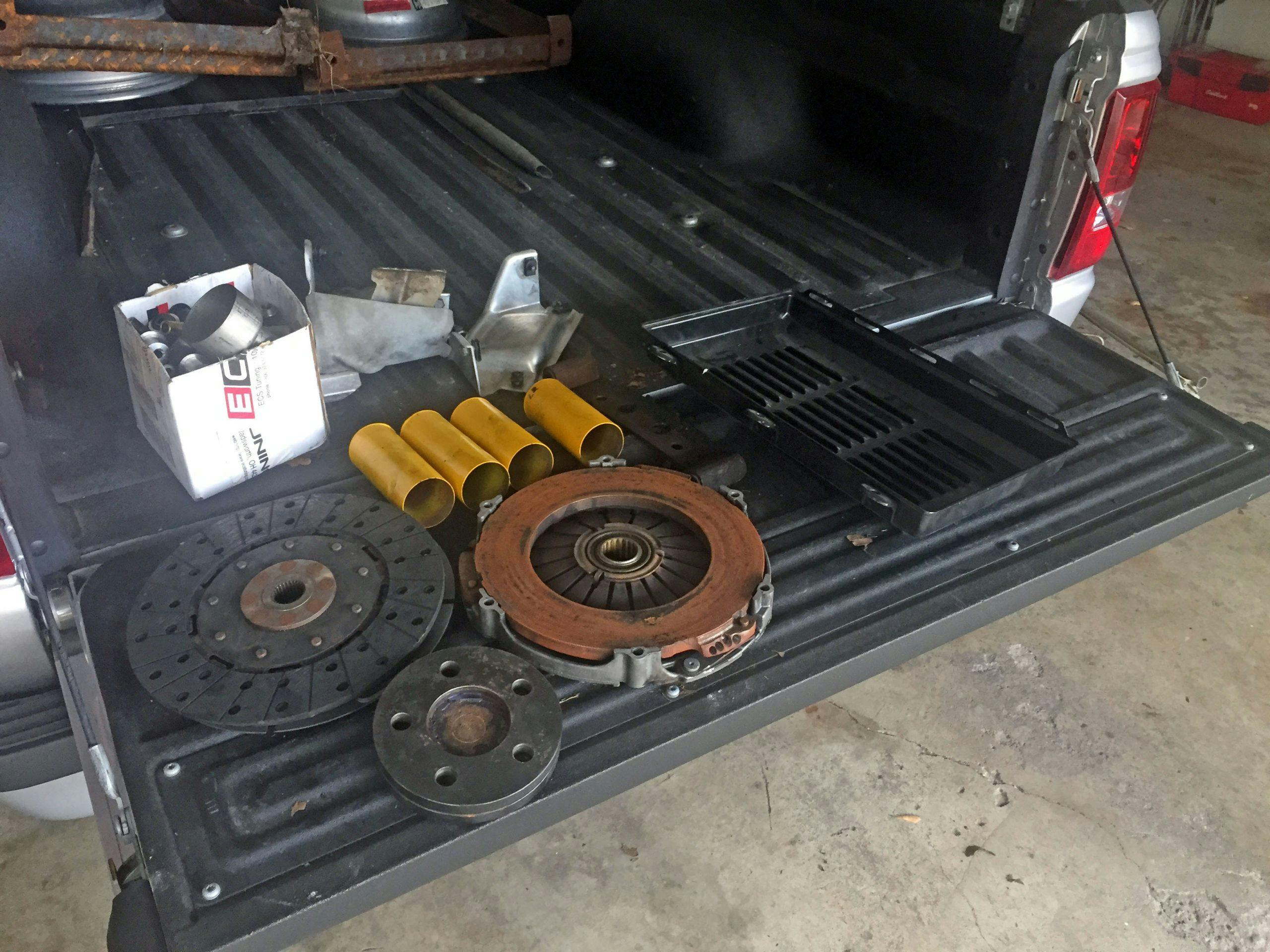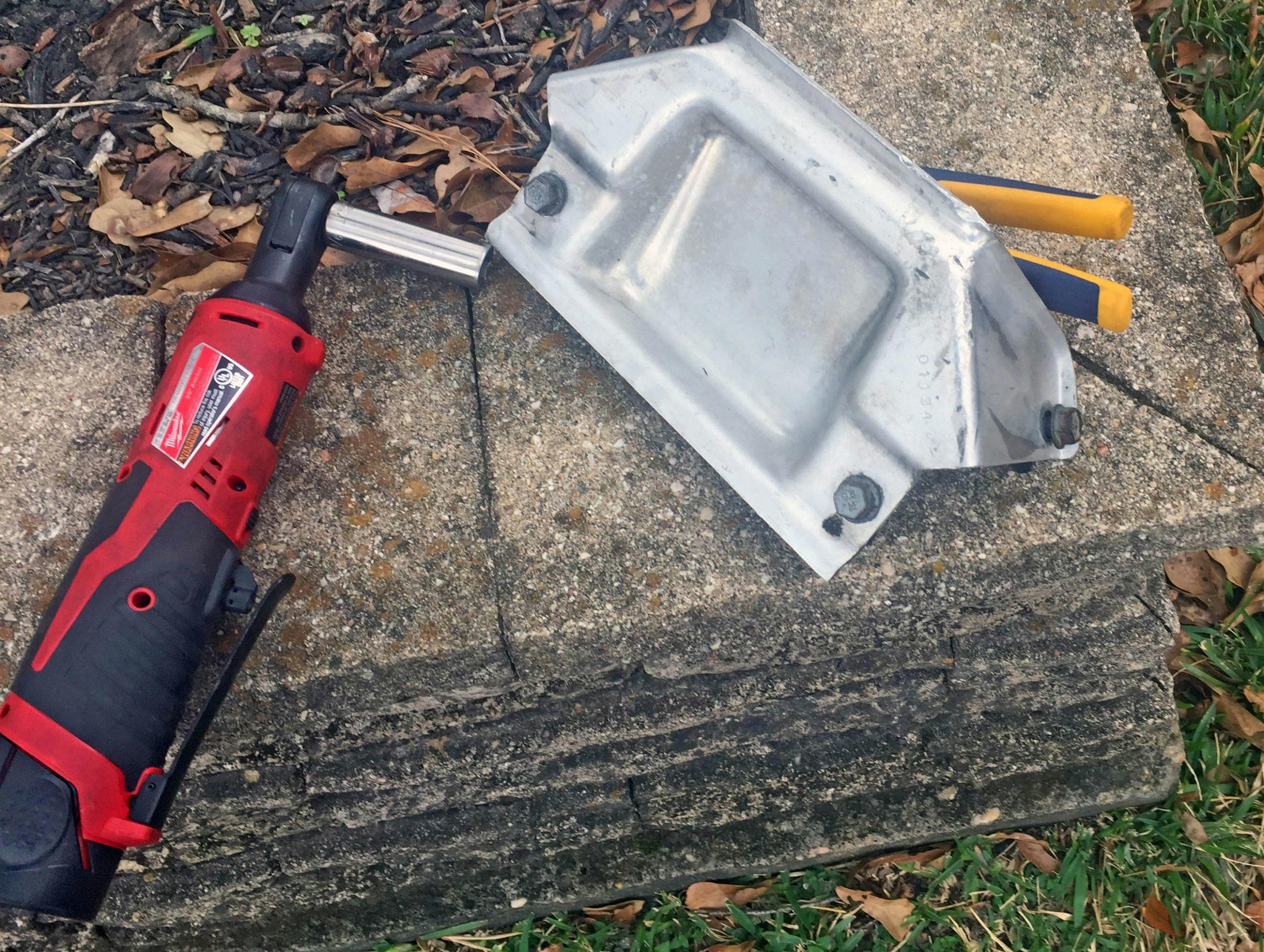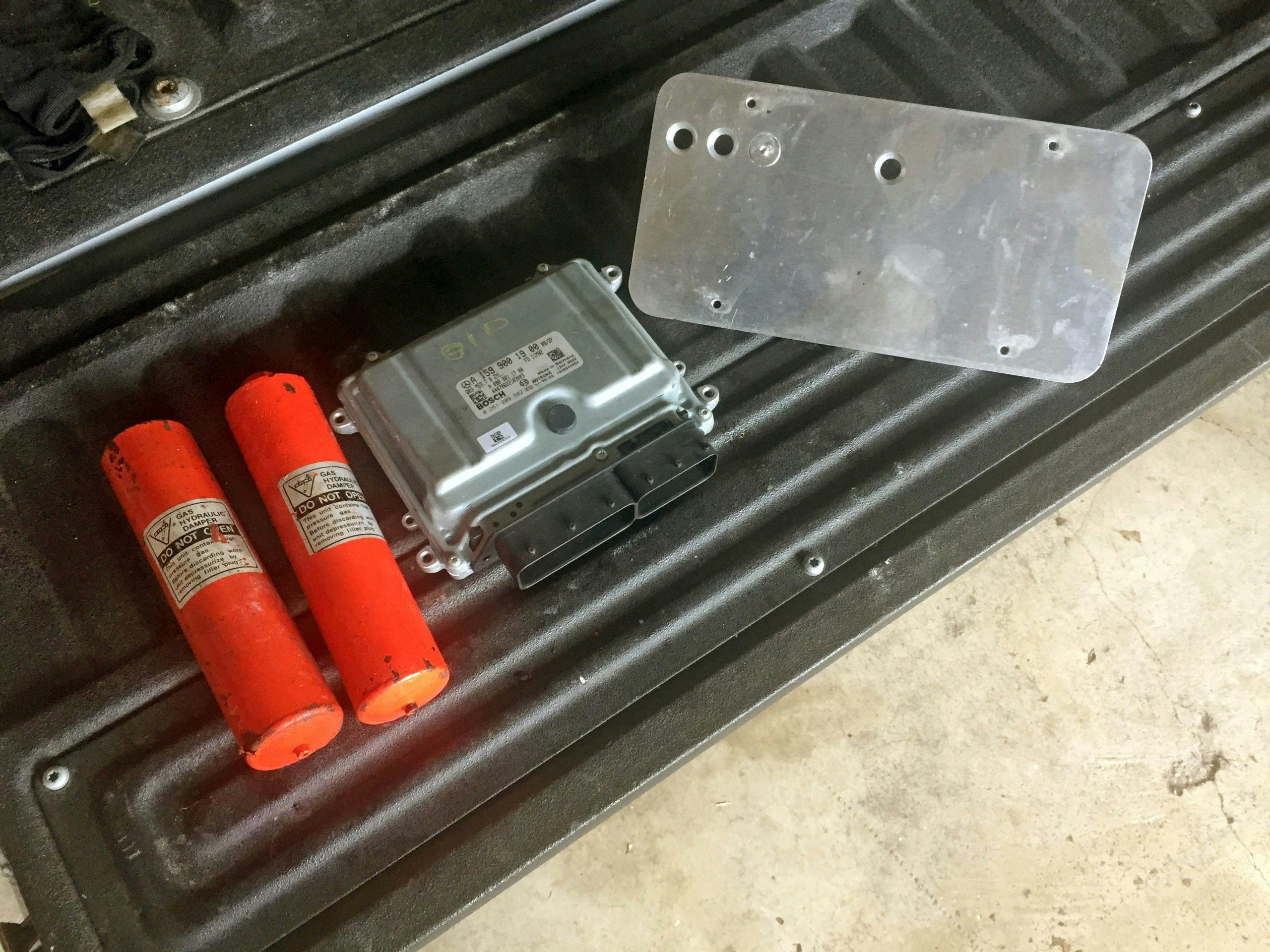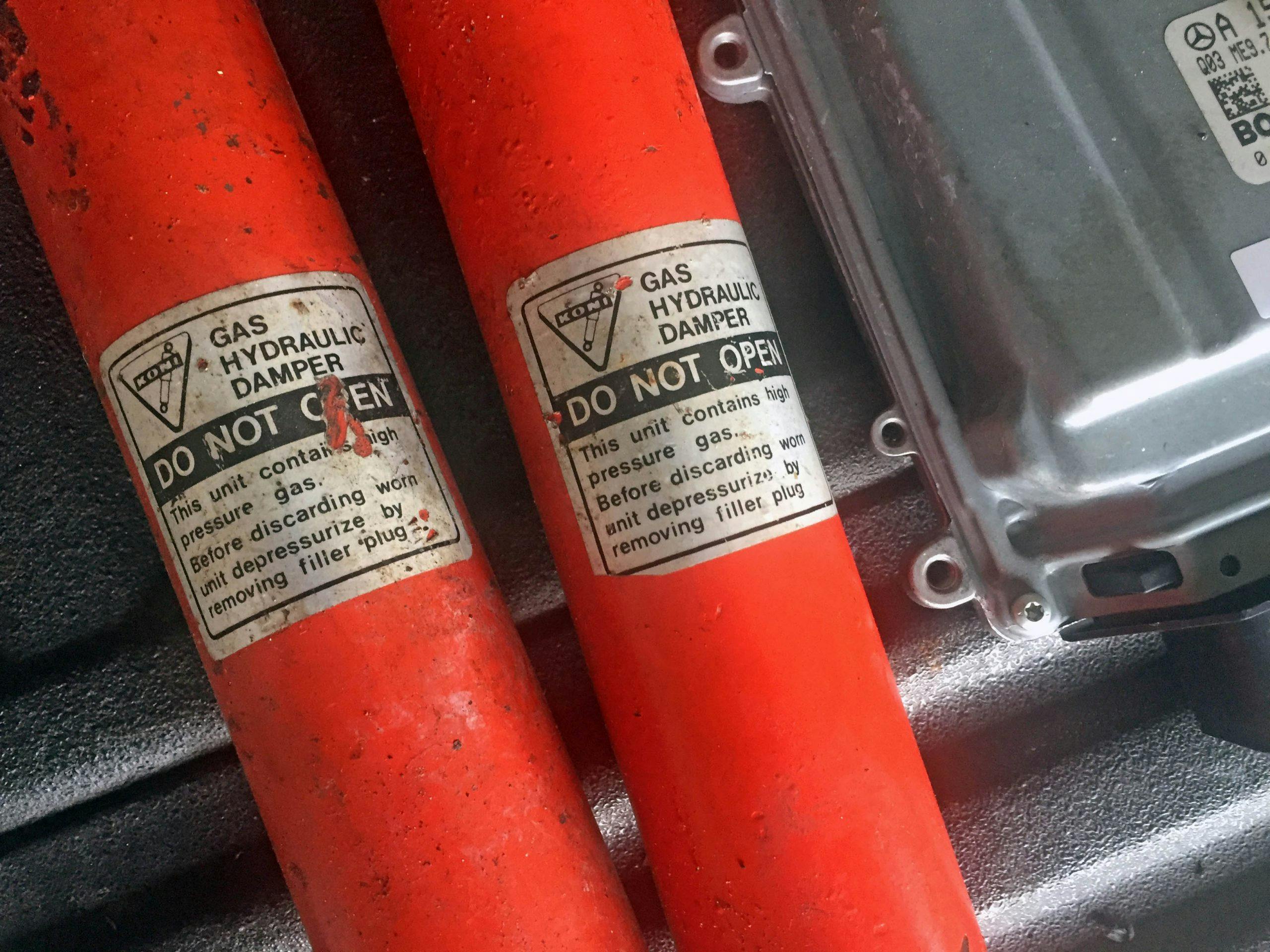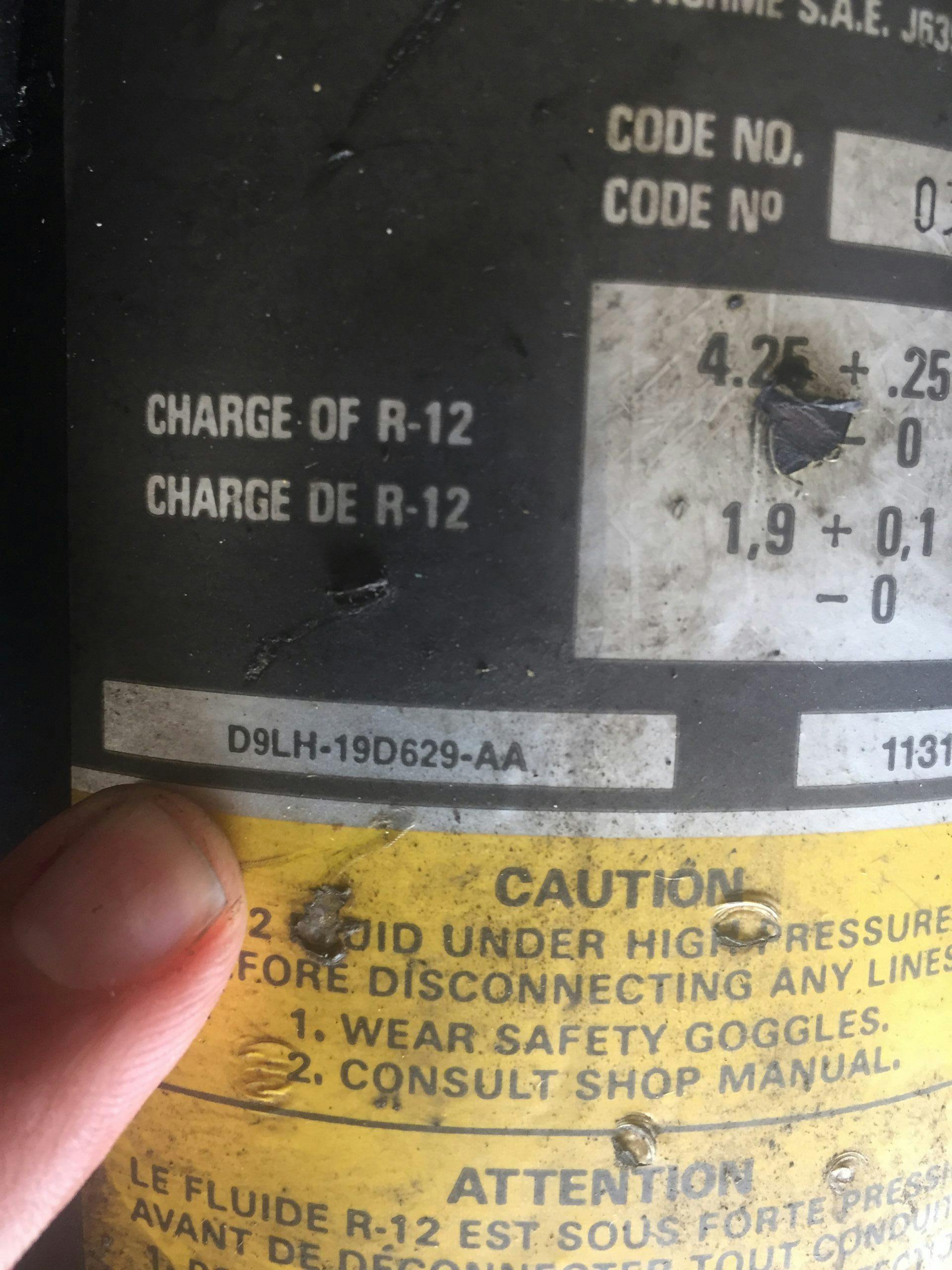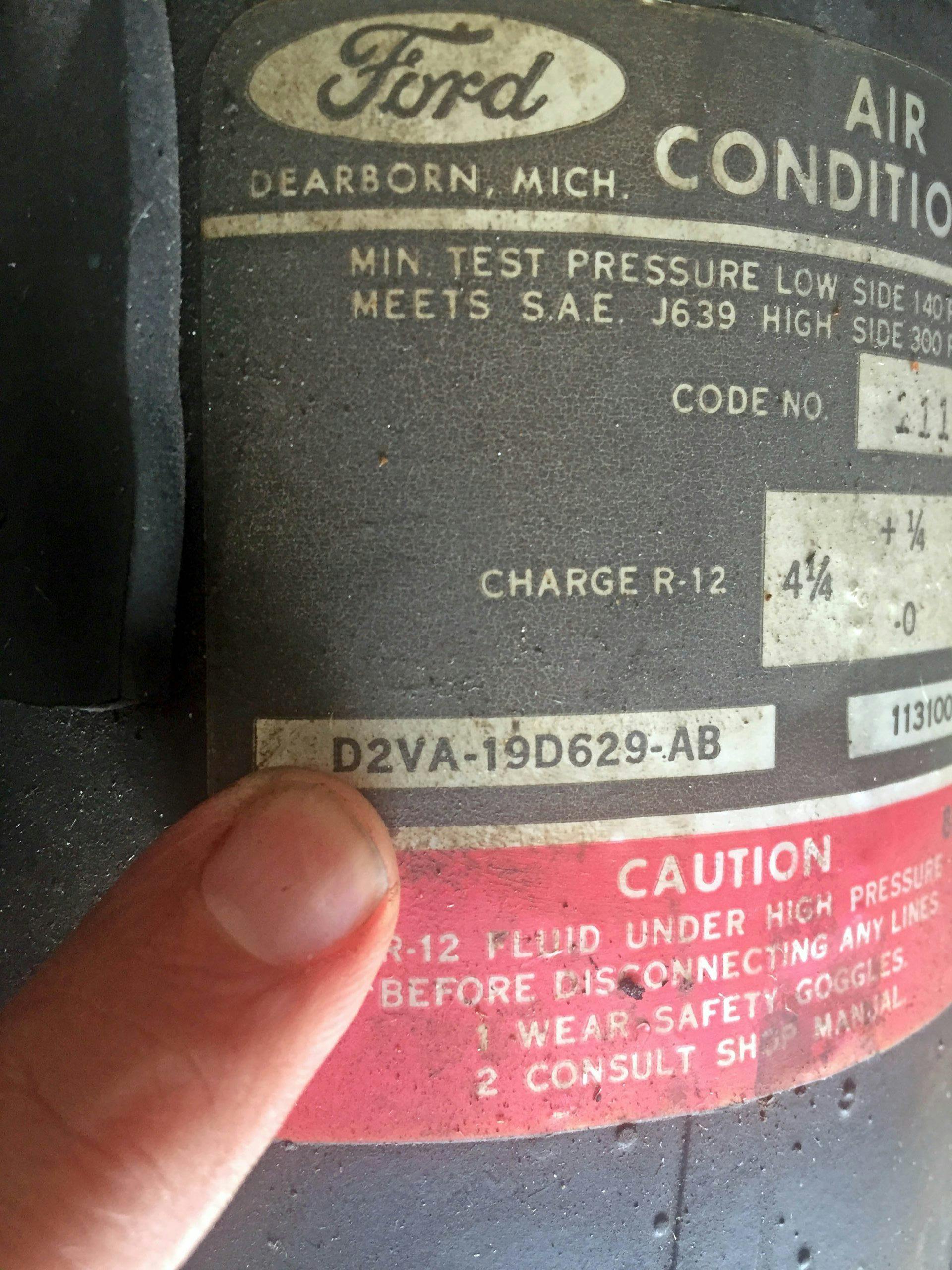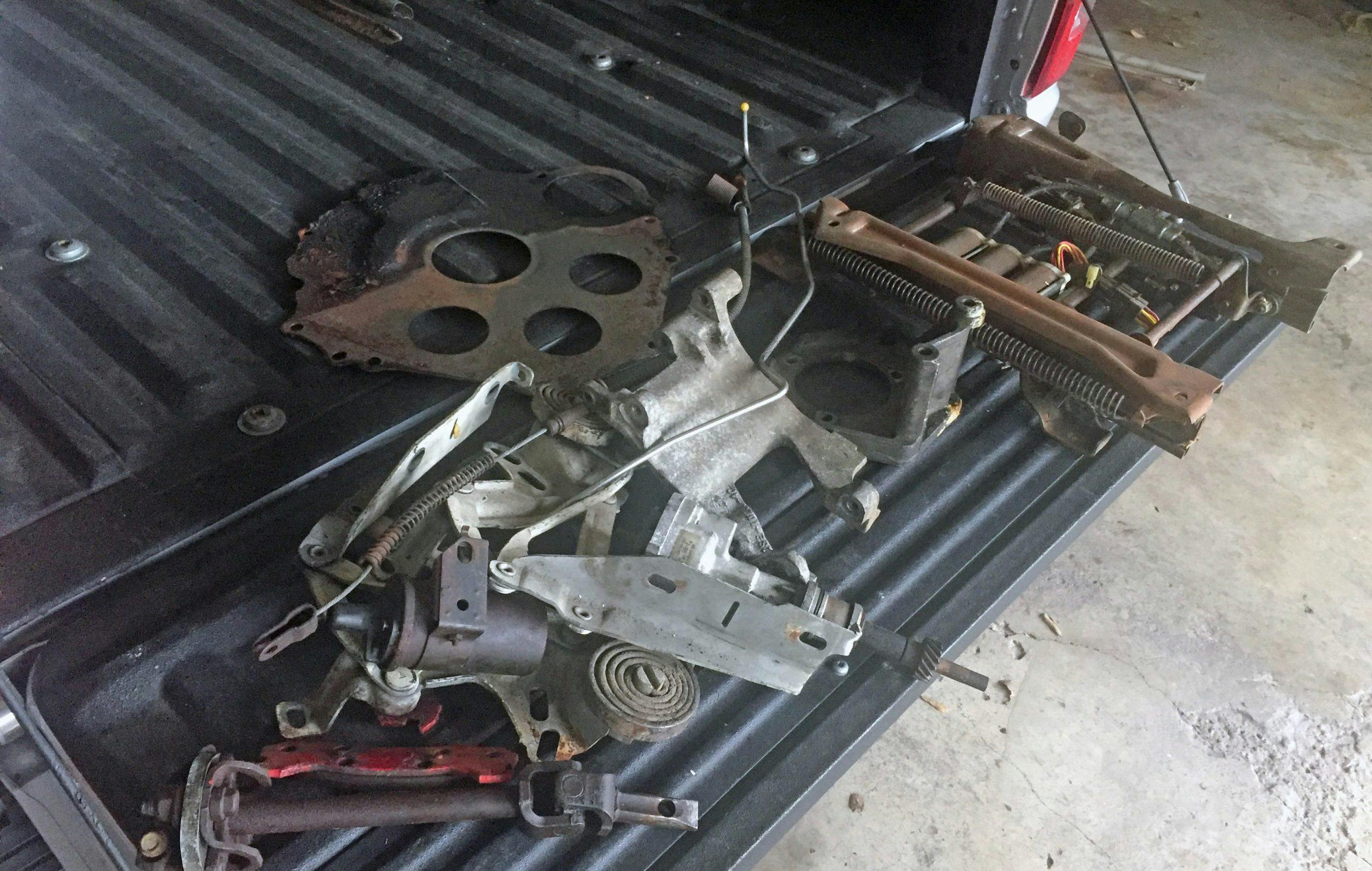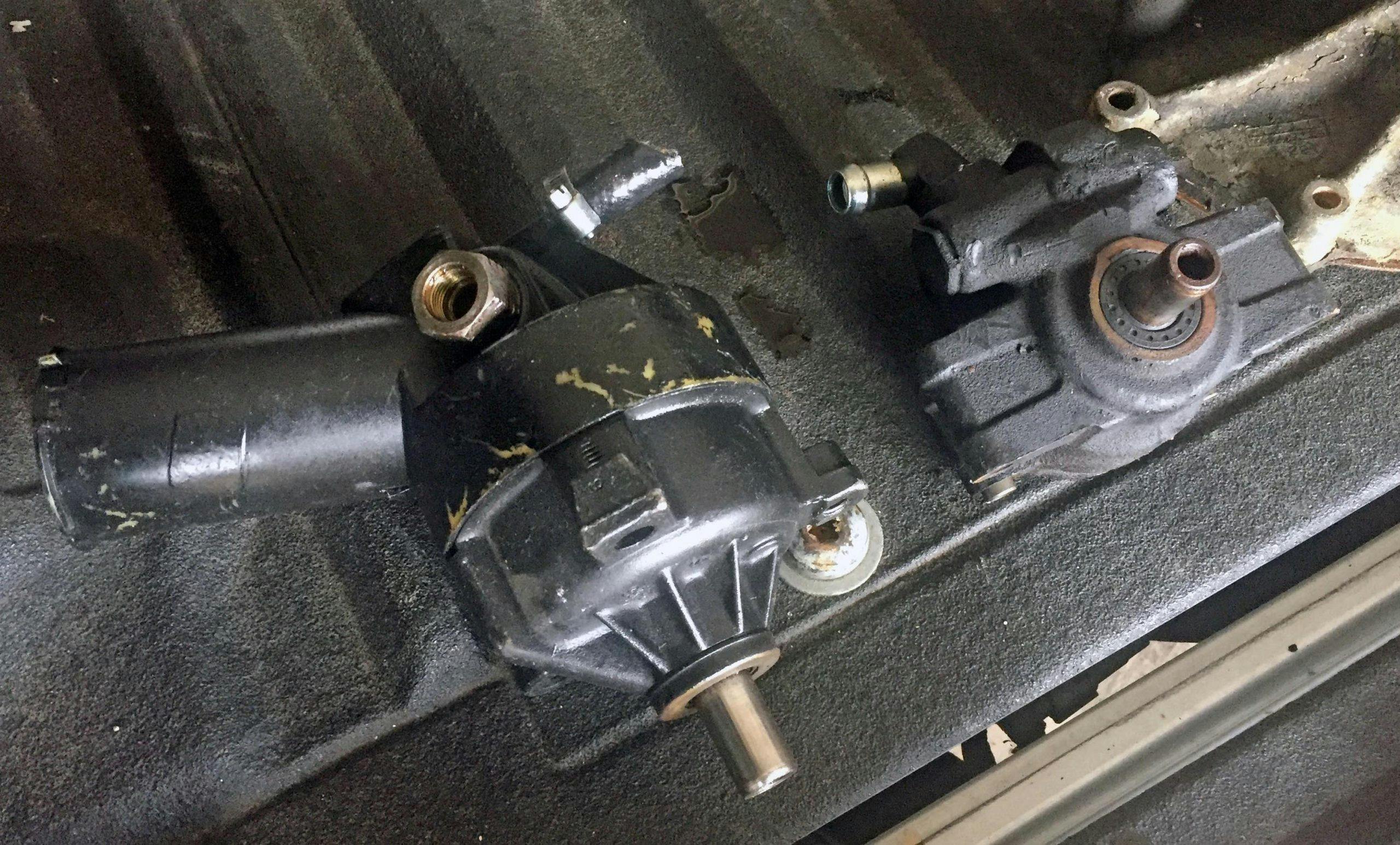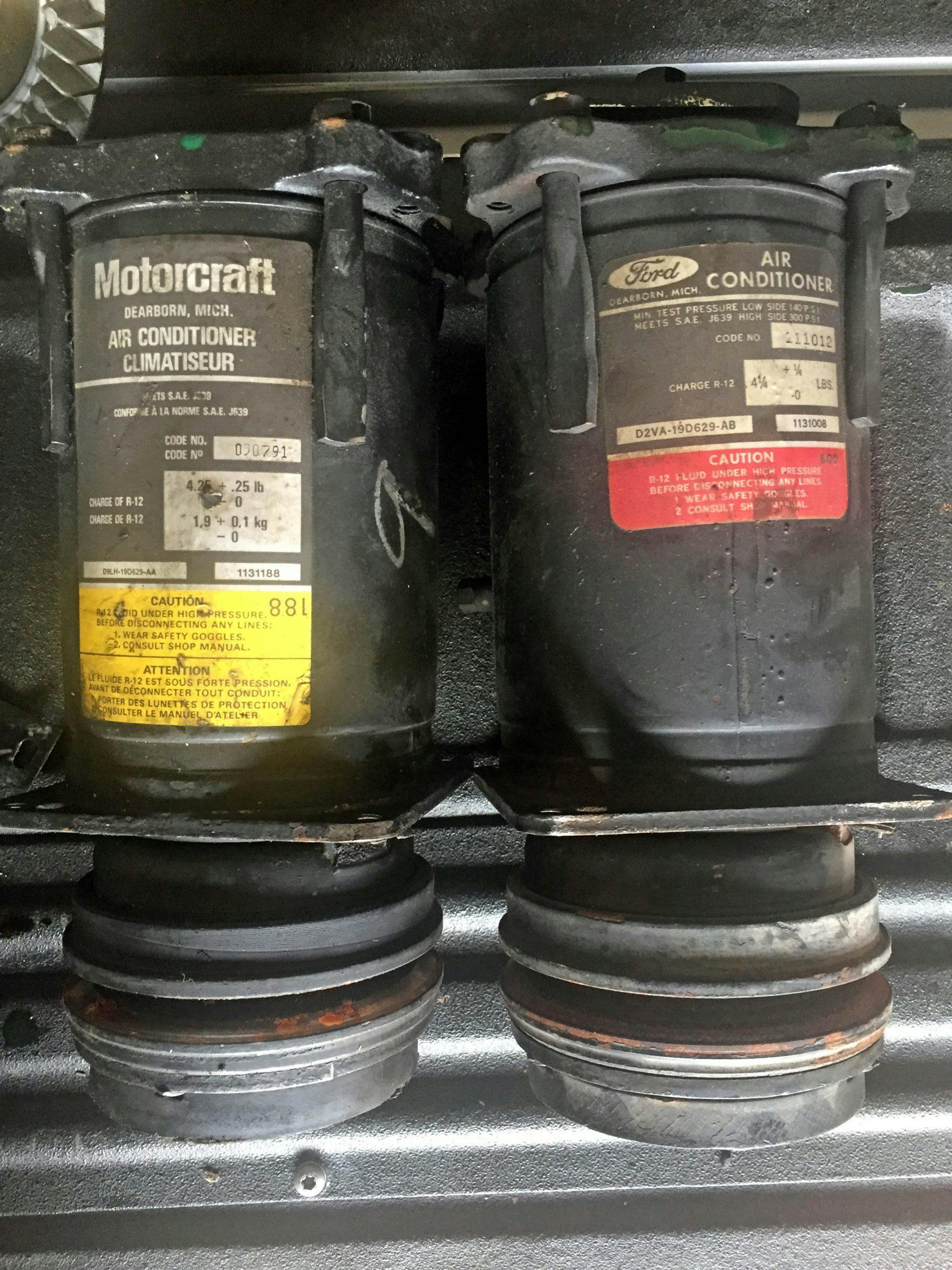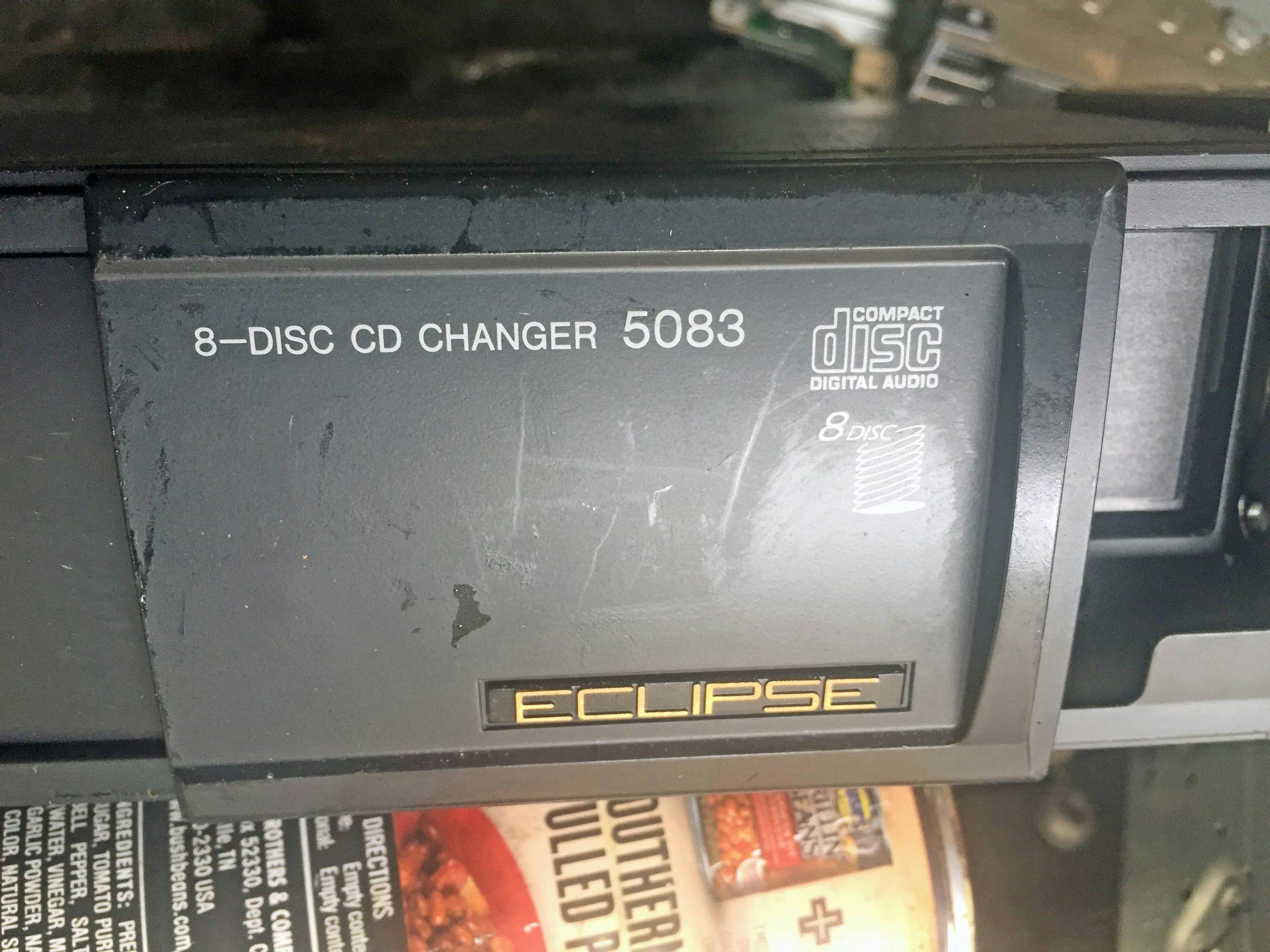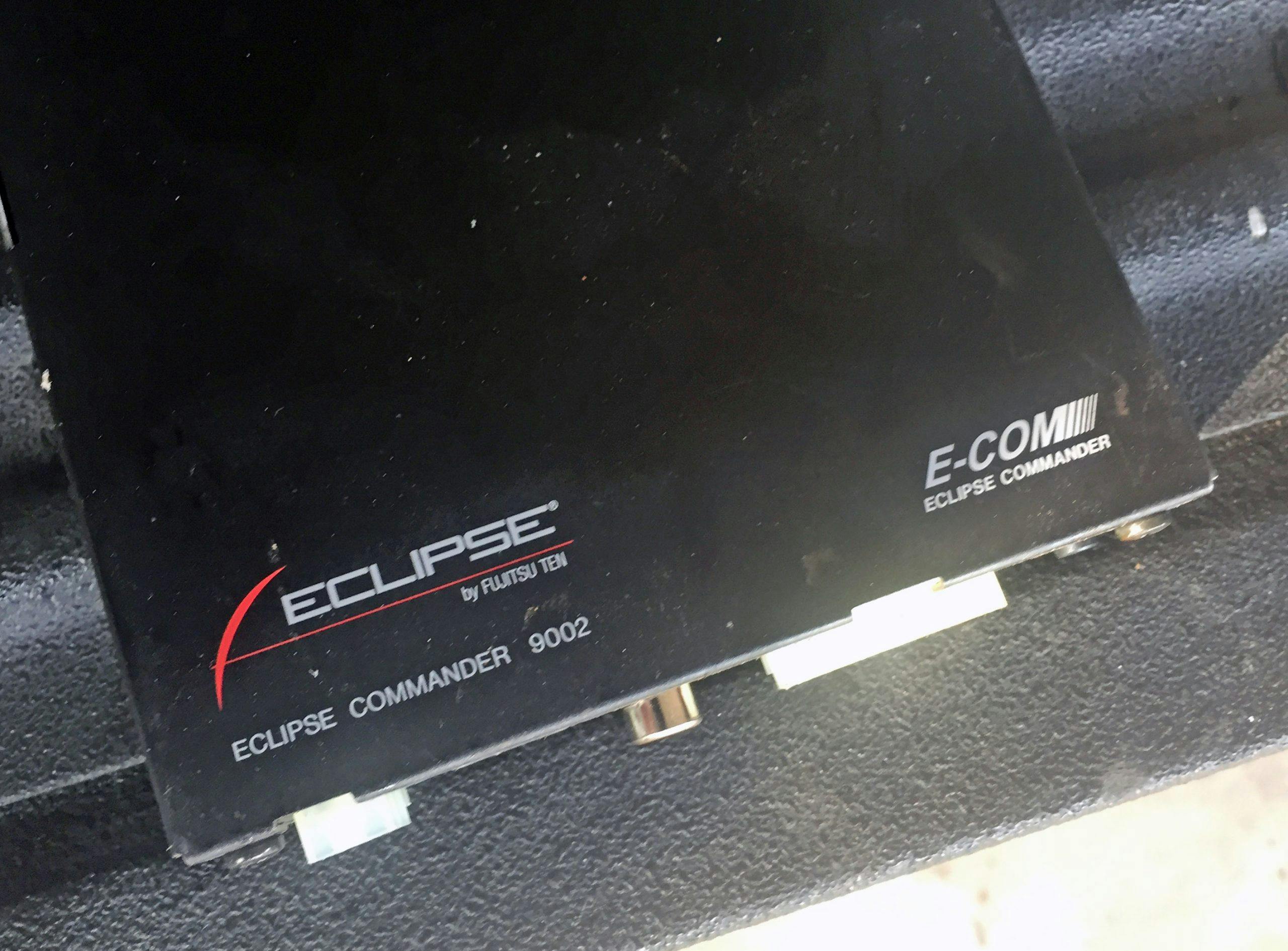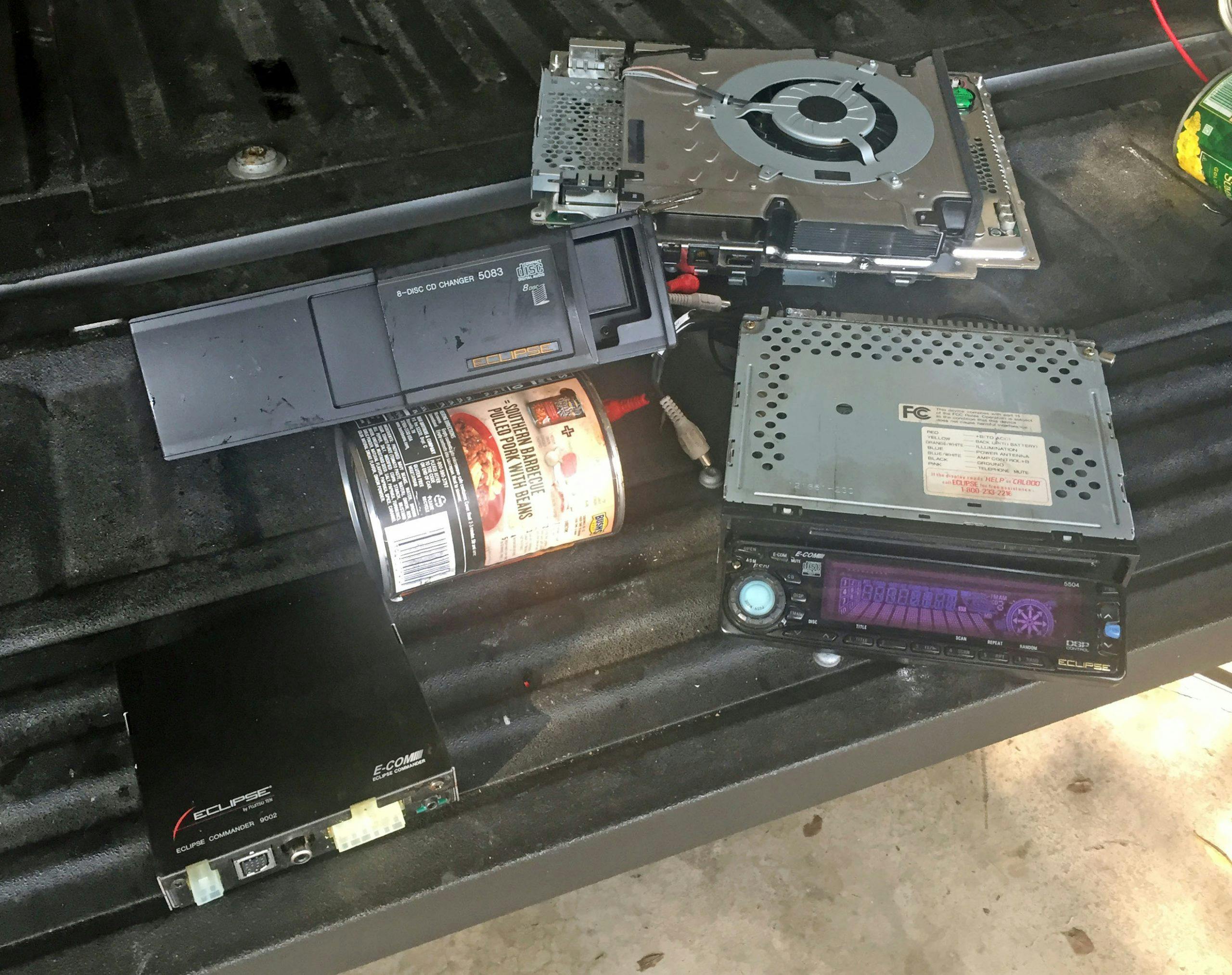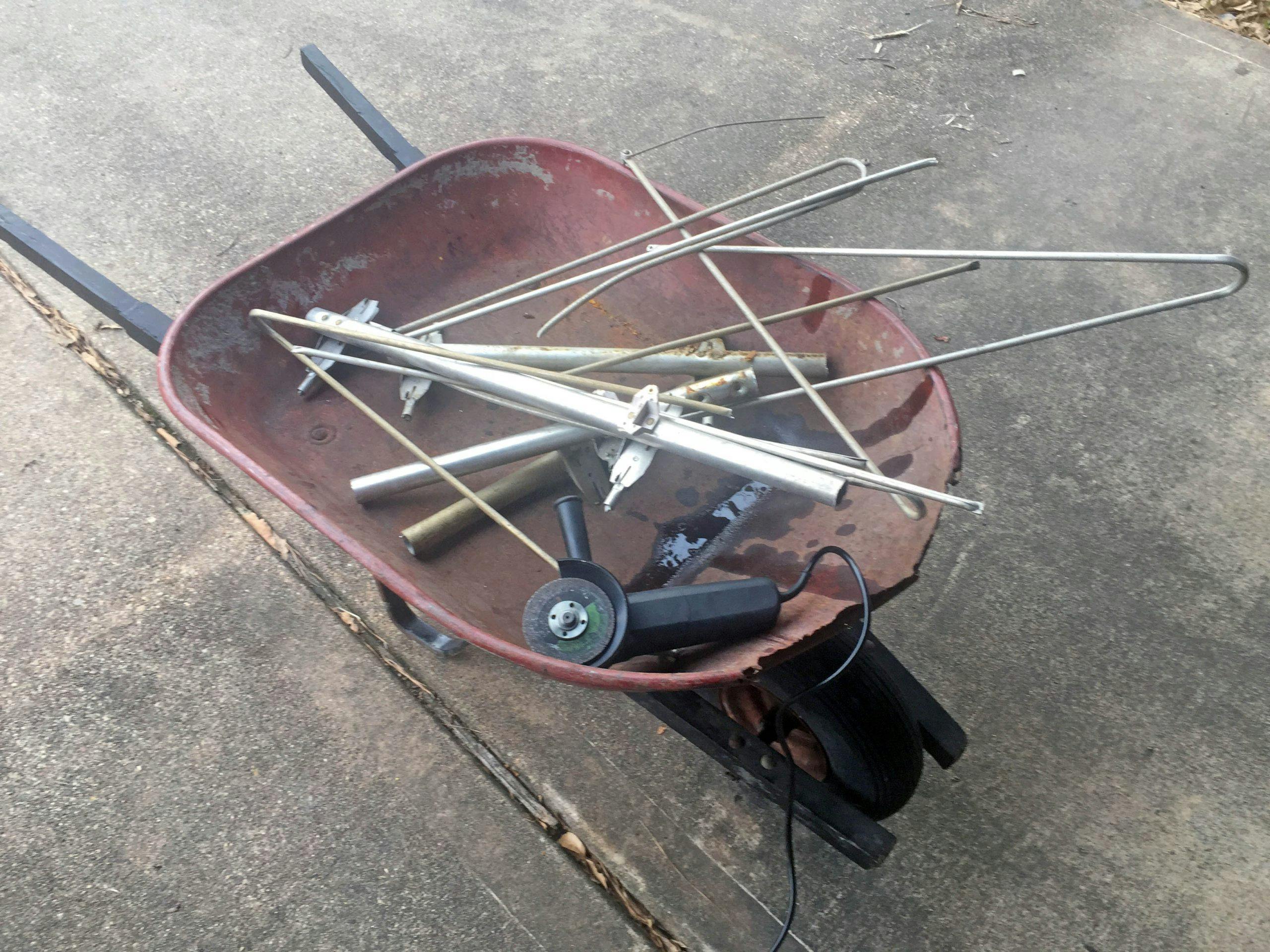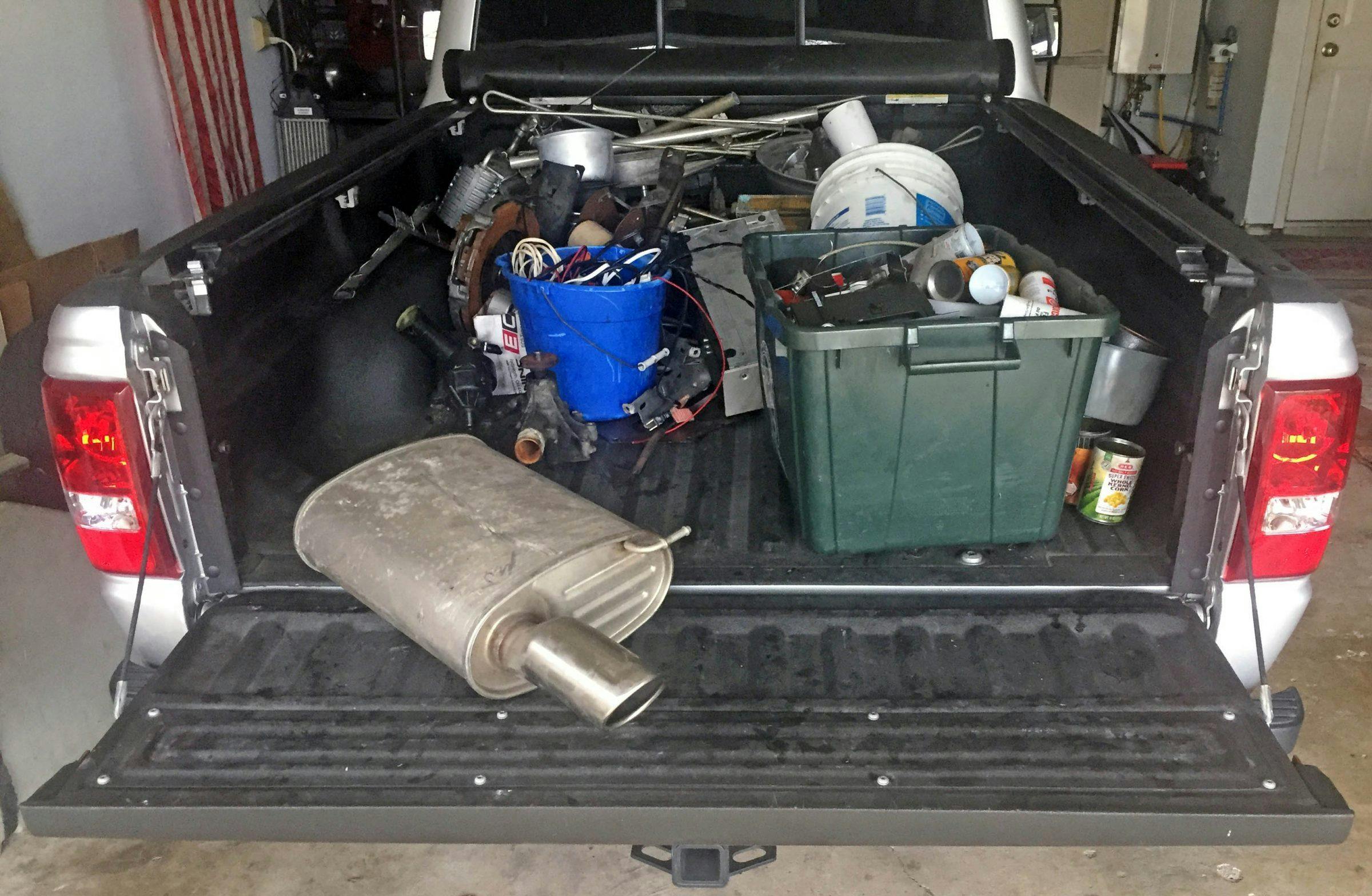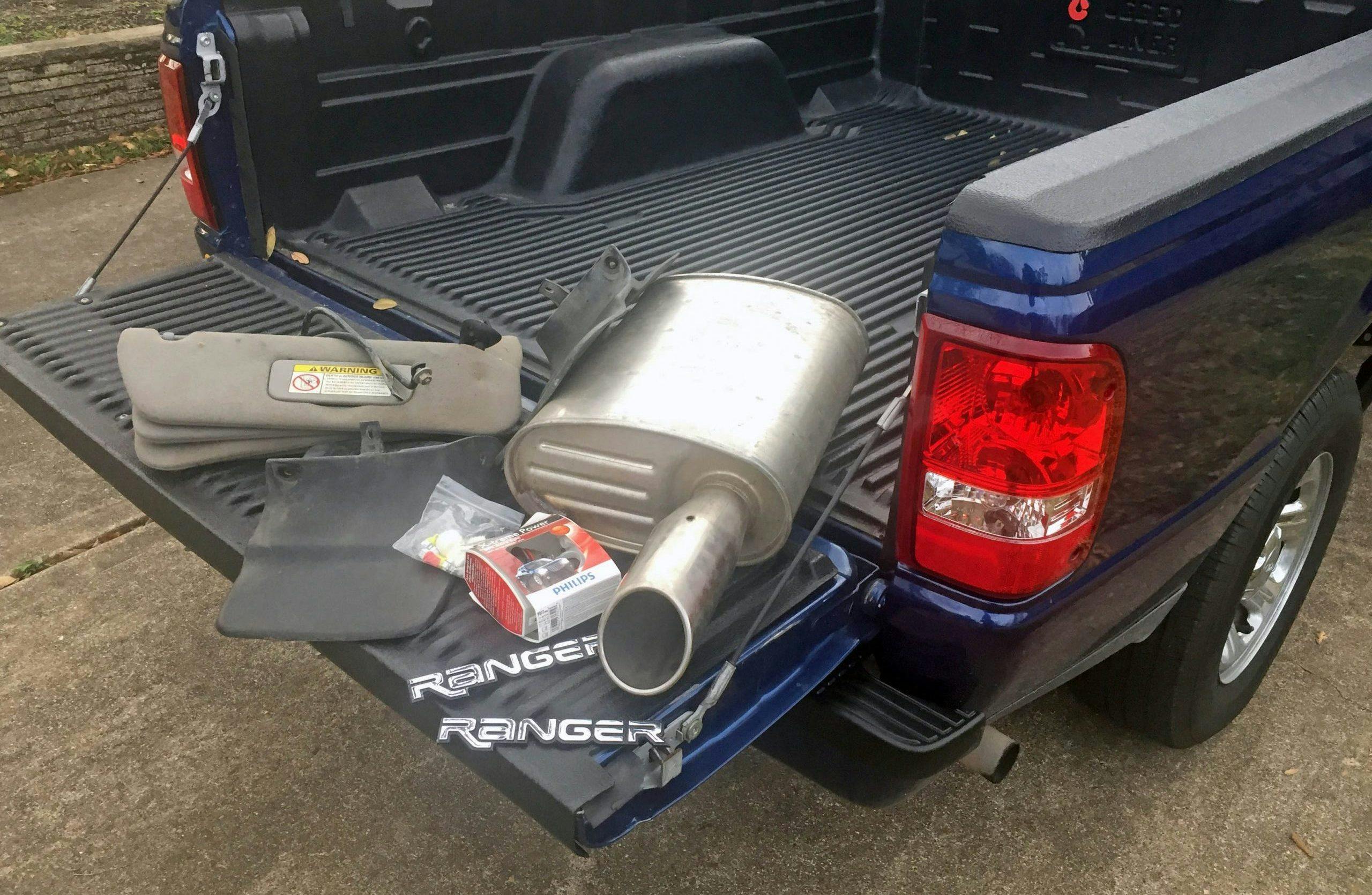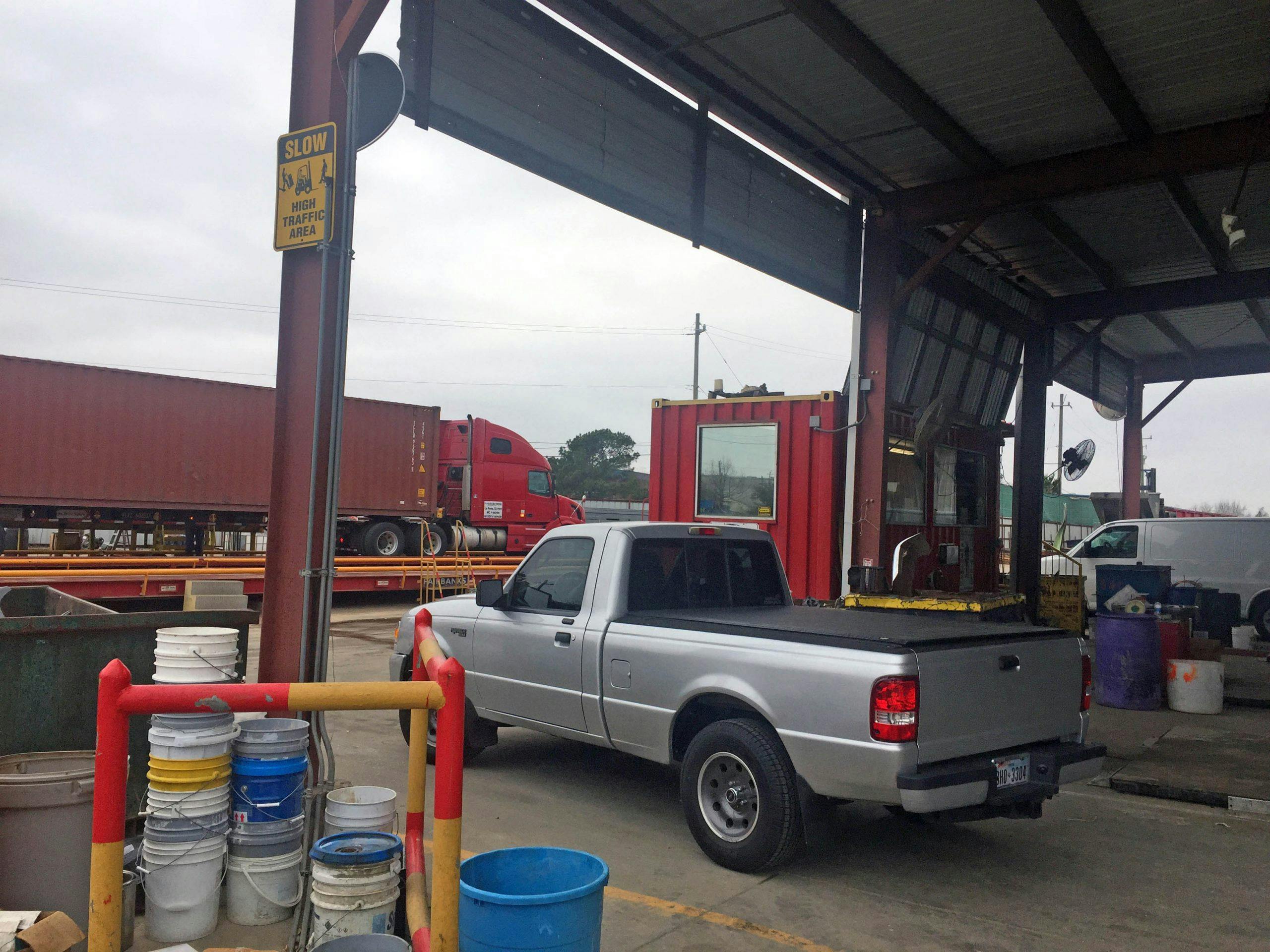Media | Articles
When a trip down memory lane ends at the scrapyard
In a former life I was an MBA-corporate type working for one of the largest automotive retailers in the world. But I commuted to work in an MBA-inappropriate Ford Ranger, and used it to collect the corporate office’s aluminum cans on a regular basis. I did it as a favor to everyone tired of walking around bags of trash (that the cleaning crew wouldn’t touch), but I soon found a local metal scrapyard that paid me for my efforts. Every trip with a Ranger full of office aluminum netted me a free lunch, or a few gallons of gas. While that job is in my rearview, I still make a tidy profit collecting unwanted metal junk that’d otherwise wind up in a landfill.
But this particular trip was special, as it wasn’t about beer cans littering the road, coat hangers, or used oil filters. That’s because I raided my own vault of forgotten dreams, my cache of misplaced aspirations, and the forgotten spoils of automotive restorations past. I took a walk down memory lane that netted me a decent chunk of change at the end of the journey. Won’t you join me on this walk?
Loading the truck started innocently enough, with metal shipping rails from a four-post hydraulic lift ordered on Alibaba. It was part of a group purchase among friends, and I somehow got sucked into the drama behind it. While the lifts eventually turned out fine for the end users, the local port tacked on some rather questionable charges. Charges that you have to pay in order to get that “bargain” of a service lift. Not being an expert in import/export matters at the port, I discourage anyone from buying large items directly from a foreign manufacturer on an E-commerce site. I’ll spend the extra coin to buy them from local vendors in the future, but no matter, good riddance to this bad memory.
Then came the cadre of metal bits kept on a misguided notion that they’d eventually serve a purpose. Take the pair of mismatched Weld wheels, for example. No seriously, take them! I tried and failed to sell them on Facebook Marketplace for a price higher than scrap, but their different sizes meant they needed to be a set of four to be worth buying. Well, fair enough.
Then there was the stuff I acquired through someone’s C4 Corvette purchase. While I kept the fancy flywheel, stock exhaust system, and a few other bits that came with the car, items like a box of mystery bolts, wheel spacers, Bilstein shock covers(?), a used clutch and pressure plate, spare tire hardware and suspension bushings were never gonna find their way into my cache of Ford parts. Since this is a lightweight Corvette and not your average Chevy, the spare tire brackets are aluminum, so you get more for them when you remove the not-aluminum hardware. That was totally worth the two minutes of effort to make a few cents more profit.
Marketplace
Buy and sell classics with confidence
I don’t know where these bits came from, suggesting they will always be useless in my possession. The Koni remote reservoir shock bodies likely came from a 1983 Aston Martin Lagonda that had its dampers rebuilt by Koni. If I remember the story correctly, Koni USA had to ship them to a shop in Europe, as they had never seen these parts before. No matter, that Lagonda now has new bits of Koni orange, so these shall become scrap metal. But what about the engine computer and that billet aluminum license plate holder?
I suspect they came from this car. (If so, they were lucky to spend time in such a wicked machine.) While I tried to sell both bits for quarters, dimes, nickels, and finally pennies on the dollar on eBay, nobody was interested. Oh well, off to the scrapper they go!
This collection of Ford parts is the end result of a big push last summer to get my cars running better and to provide functional air conditioning for its occupants. The third photo shows how far power steering pumps have improved from 1986 to 2006 (even if both are antiques in today’s world of electric power steering), while the last three photos are the A/C compressors from my 1972 and ’79 Mark Series cars. While their dimensions are the same, I was blown away at the extra weight of the 1972 pump (red label, D2VA part number) compared to the 1979 unit. I was in no mood to weigh them to know the specifics, but one pump is roughly 10 pounds, while the other is closer to 20 pounds. Yes, really.
I’ve held the belief that the late 1970s was an underrated time of mind-blowing improvements in vehicle technology, a feat only marred by the fact their performance and styling was unappealing relative to vehicles produced earlier in the decade. Aggregate facts are usually what lazy historians care about, but after writing Hagerty’s Buyer’s Guide on the C3 Corvette, I fully drank my own Malaise-Era Kool Aid. Perhaps now, with these A/C compressors in tow, I’ve spiked the Kool Aid: there’s no doubt we (i.e. Detroit automakers) did amazing work that became a springboard to future vehicle advancements.
I really tried to save this vintage audio from the scrapper. (Ditto my beloved PlayStation 3 behind it.) But when you lack the code to unlock an Eclipse head unit, and when the dealer support (to unlock it) dried up years ago, you must send it to the scrapper. Perhaps “throwing out the baby with the bathwater” is also an acceptable solution, as the 8-disc CD changer and “Eclipse Commander” navigation system are now useless. This was high-tech audio equipment (circa 2005) for the automotive aftermarket, but the past is the past, and Google Maps is pretty amazing. Scrapping this Eclipse hardware was a shame, considering I had all the CD-ROMs to make the Commander’s turn-by-turn navigation system functional. At least in theory.
Found in my failed restoration projects and dead rice cookers (how did I wind up with three rice cookers, anyway?) was the rusty speaker grille from my junkyard Lincoln Continental adventure. That was a fun memory to recall, though it reminds me how much work is left on that vehicle.
When retrieving parts from my attic for a project involving a Hagerty reader (more on that below), I also dug out this mid-century TV antenna. Sure, it’s clearly lived past its expiration date, but I still imagine it sitting proudly on my roof, transmitting shows like Bewitched or the moon landing while the folks living in my home enjoyed their Swanson TV dinners or three-martini lunches. I wonder why it was left in the attic and not scrapped decades ago?
No matter, since the antenna was a smidge longer than my 6-foot truck bed, cutting it up with my angle grinder was both a logical and entertaining solution. I generally dislike destroying stuff, but it was fun to cut through aluminum like a hot knife through butter.
I originally went into my attic for a late-model Mustang GT muffler, which you see on my Ranger’s tailgate. While it may no longer serve its purpose for the Mustang’s owner, it’s kinda perfect for Ford Ranger owners looking for a little more rumble without making a big deal about it. And since I got two in the deal, I was looking for a home for the other. Luckily I befriended Hagerty reader FatBabyDriver at a local track day last year. Turns out he has a son who just got his license and has a 2008 Ranger in dark blue. (Nice work, Dad, although I assure you I had no influence in the matter.)
Clearly the Mustang muffler belonged in FatBabyDriver’s possession. Both Father and Son arrived within an hour of my scrap loading/memory lane adventure, so I gave them a “Ranger care package” packed with OEM+ modifications for the little blue truck. With any luck it will help our newly-minted motorist become a full-on enthusiast in the coming years. This might not be the last we see of this Ranger on Hagerty, but if you’re impatient, just check out the truck’s Instagram account.
The next morning was a typical example of an atypical Houston winter: a sudden rush of cold, windy air with a distinctly swampy dew point and scattered showers thrown into the mix. But I feared no foul weather, as everything fit under my tonneau cover. Upon arrival, a two-man crew assisted me in unloading my semi-precious cargo in a matter of seconds.
To say I was provided professional service is an understatement. The gentlemen asked for my cash transaction card and began assessing my bounty of junk metal. One dude had a magnetic pickup tool on his belt, ensuring my claims of aluminum parts was legit. Upon grabbing the C4 Corvette’s pressure plate, they realized unloading this was a task better suited to their dumpster-on-a-forklift, parked not too far away. The forklift made quite the racket, but to my joy, it ensured all the scrap metal quickly left my possession. The aluminum then went onto the scales. They hollered to someone watching the action in a nearby office. The copper wire then hit the scales, then brass heater cores, both with bellowing commands to the office. Five minutes later I was back in the truck, feeling motivated to do a low-class riff on the cash/watch/steering wheel brag post made famous by rich millennials around the world on Instagram.
View this post on Instagram
With less than 50 likes, I’m never gonna impress like those guys with fancy cars and big-dog watch collections. Which never was the point, as recycling metal, getting paid in $2 bills (this particular establishment’s claim to fame), and making my scrap pile disappear was the end goal. Job done, and I learned a thing or two about old cars in the process. That was the most delicious icing on this particularly scrappy cake.

